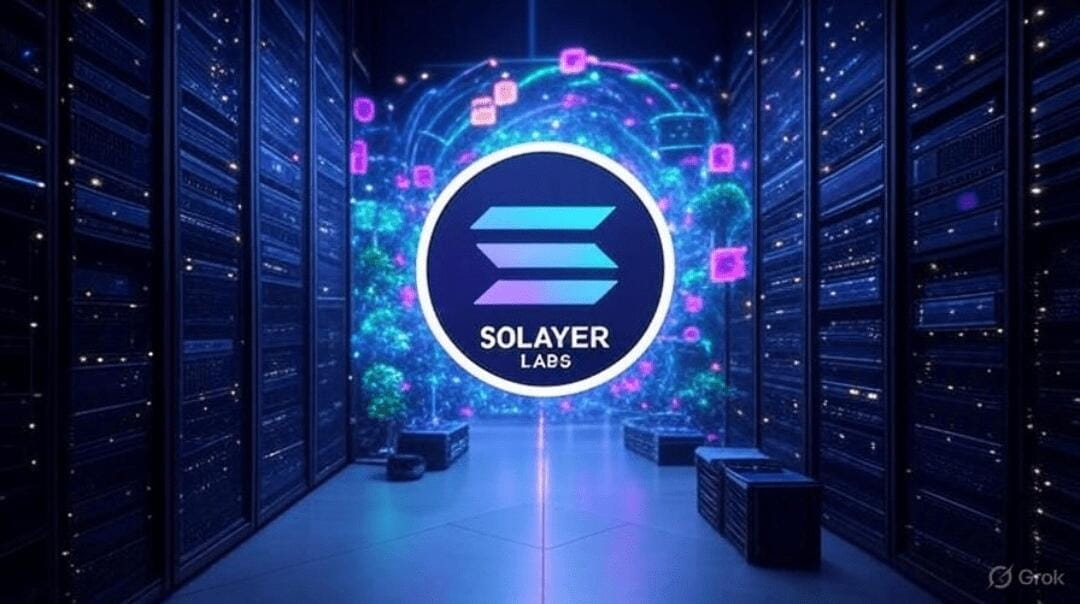
Solayer recently emerged in the Solana ecosystem at a remarkable speed; it is not just a performance protocol but seems to be redefining 'how resources should be used'. Simply put, Solayer has done one thing right: it has unlocked the dual value of previously locked staking assets, significantly improving capital efficiency.
Traditional on-chain staking often allows assets to do only one thing — maintain underlying security, and the utilization rate is actually not high. But Solayer introduces a re-staking mechanism, where the SOL you stake can not only continue to support Solana consensus but also provide computing power support for dApps, sidechains, and even cross-chain applications through its swQoS system (Staking Weight Service Quality). This model of 'one asset, multiple effects' directly breaks the original efficiency ceiling.
The data is the most intuitive: within 60 days, the TVL surged to 196 million USD, with over 70,000 unique addresses participating, quickly ranking among the top 13 protocols in the Solana ecosystem — this initial performance already indicates market recognition.
In terms of performance, Solayer relies on the InfiniSVM hardware acceleration solution. It offloads heavy operations like transaction validation and data processing to programmable chips, achieving over 1 million TPS, 100+ Gbps of network bandwidth, and nearly zero latency transaction confirmations. Even more impressive is that it supports expanding a single node into multiple execution clusters via SDN and RDMA. You can think of it as Solana now having a 'scalable super engine', so even high-frequency applications are not afraid of congestion.
Besides performance, Solayer also has intriguing aspects in ecosystem design. It launched the first stablecoin on Solana supported by treasury bond yields, Solayer USD (sUSD), which can provide users with an annualized return of 4.33%. This is actually a clever combination of the stability of traditional assets and the liquidity of the crypto world. Moreover, the generation of sUSD is deeply tied to the re-staking system — users deposit USDC to generate sUSD, not only profiting but also injecting liquidity and strengthening security for the entire network, creating a positive cycle of 'profit-strengthening-prosperity'.
Additionally, with strategic support from institutions like Binance Labs, Solayer has gradually evolved from a protocol into an ecosystem hub. It is very developer-friendly, providing comprehensive building tools and documentation (such as Solayer Creator Pad), and encourages everyone to participate in proposals through an open SIP (Solayer Improvement Proposals) mechanism — this culture of transparency and collaboration is key to its rapid community growth.
In summary, Solayer is not just about technology; it is building a new value system. It makes resource reuse feasible, allows high performance without sacrificing decentralization, and enables participants to truly benefit from the growth of the ecosystem. If the Solana ecosystem needs a truly efficient 'value hub', Solayer has already provided a compelling answer.

